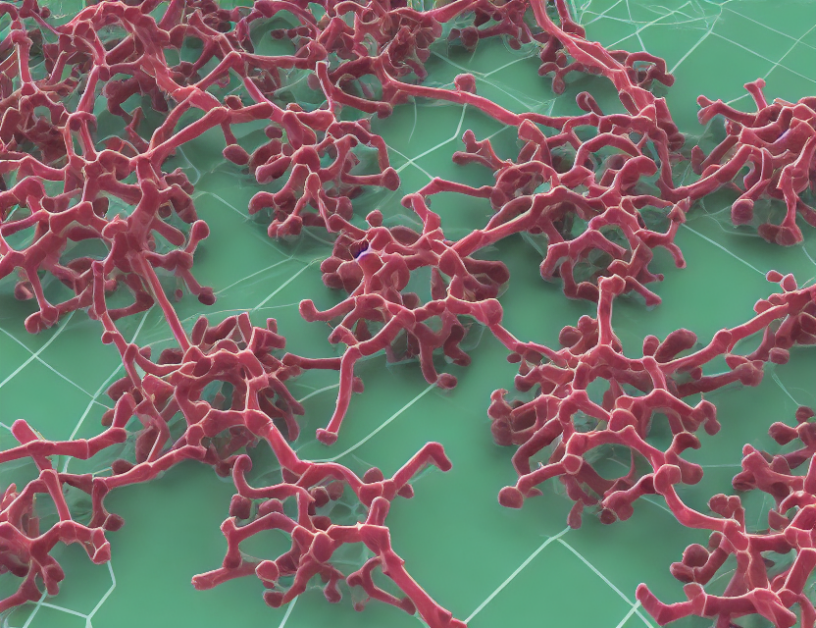In recent years, significant advancements have been made in the field of natural language processing (NLP). One area of focus has been on developing new model architectures, such as generative transformers and pre-trained language models (PLMs), which have shown impressive performance across a range of tasks. However, these models are typically trained on large amounts of web content, which can limit their accuracy when applied to domain-specific challenges.
To address this limitation, researchers have turned to knowledge graphs (KGs). A KG is a structured representation of information in a graph-like format, consisting of concepts (entities) and relations between them. By combining KGs with PLMs, the performance of NLP models can be significantly enhanced. There are several ways to combine KGs and PLMs, including embedding knowledge triples as vector representations or converting triples into sentences for fine-tuning.
The central element of this method is the KG, which provides a structured representation of information. The KG consists of ordered triples (subject, relation, object) where each entity and relation are associated with its corresponding textual surface form. This association allows for easier injection of KG knowledge into language models and associated fine-tuning.
By leveraging KGs, NLP models can better understand the relationships between entities and concepts, leading to improved accuracy in various downstream tasks such as question answering, sentiment analysis, and named entity recognition. In summary, combining KGs with PLMs has the potential to significantly enhance the performance of NLP models in domain-specific challenges, offering a promising approach for advancing the field of NLP.
Computation and Language, Computer Science
Efficiently Processing Complex Biomedical Text with Domain-Aware Models



